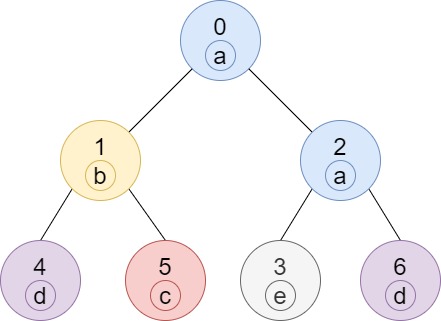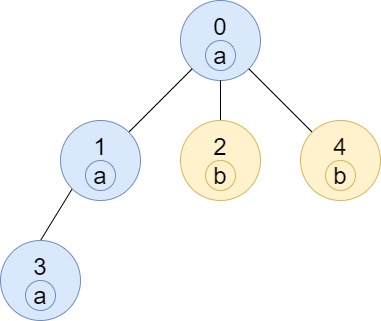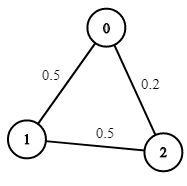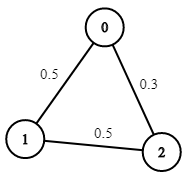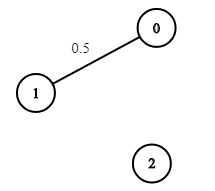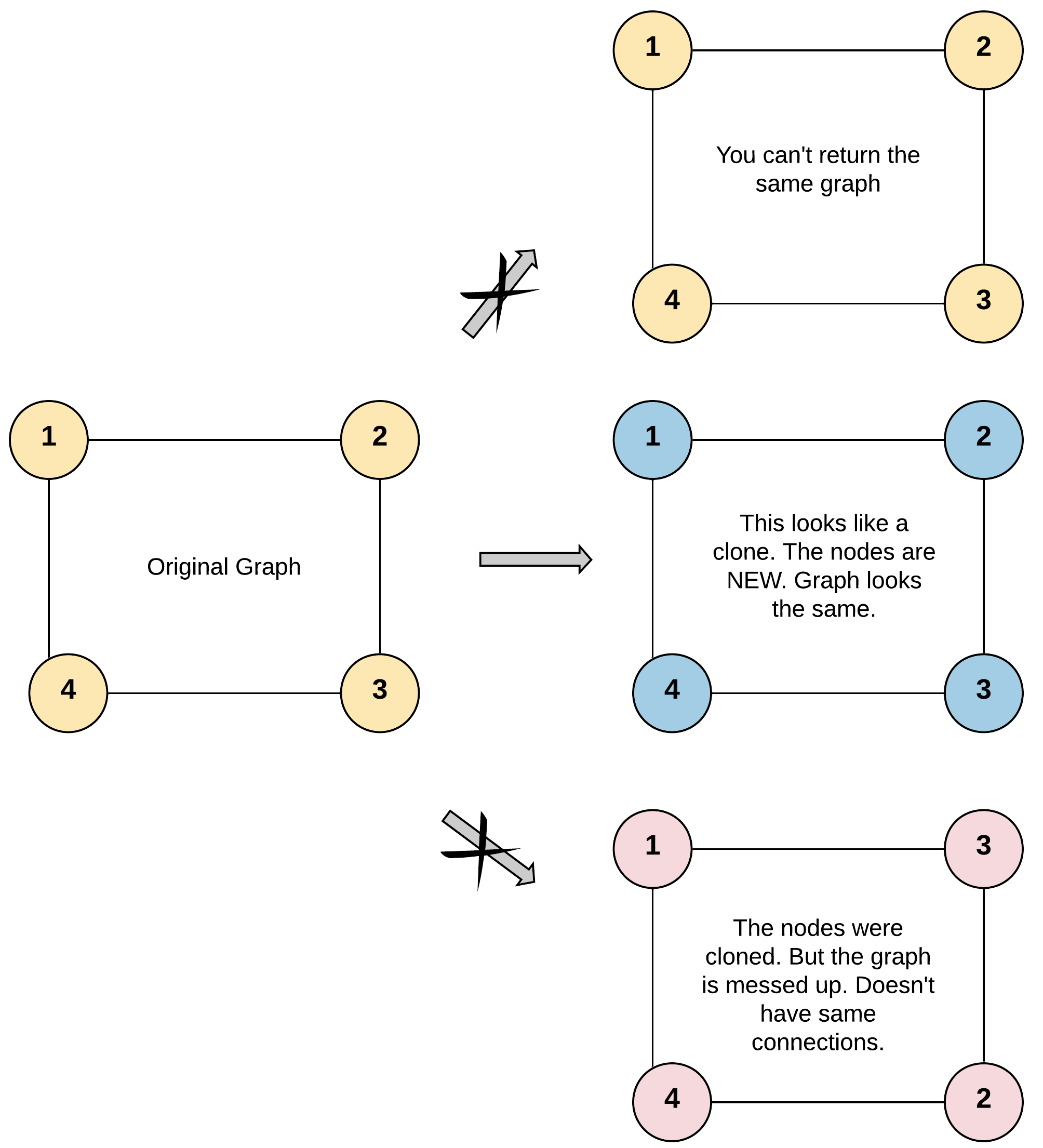请设计一个函数,用来判断在一个矩阵中是否存在一条包含某字符串所有字符的路径。路径可以从矩阵中的任意一格开始,每一步可以在矩阵中向左、右、上、下移动一格。如果一条路径经过了矩阵的某一格,那么该路径不能再次进入该格子。例如,在下面的3×4的矩阵中包含一条字符串“bfce”的路径(路径中的字母用加粗标出)。
[[“a”,”b”,”c”,”e”],
[“s”,”f”,”c”,”s”],
[“a”,”d”,”e”,”e”]]
但矩阵中不包含字符串“abfb”的路径,因为字符串的第一个字符b占据了矩阵中的第一行第二个格子之后,路径不能再次进入这个格子。
示例 1:
输入:board = [[“A”,”B”,”C”,”E”],[“S”,”F”,”C”,”S”],[“A”,”D”,”E”,”E”]], word = “ABCCED”
输出:true
示例 2:
输入:board = [[“a”,”b”],[“c”,”d”]], word = “abcd”
输出:false
提示:
1 <= board.length <= 200
1 <= board[i].length <= 200
注意:本题与主站 79 题相同:https://leetcode-cn.com/problems/word-search/
来源:力扣(LeetCode)
链接:https://leetcode-cn.com/problems/ju-zhen-zhong-de-lu-jing-lcof
著作权归领扣网络所有。商业转载请联系官方授权,非商业转载请注明出处。
给定一个字符矩阵,问矩阵中是否能走出一条路径,这条路径上的字符串起来和target字符串相等。
典型的DFS题,首先找到第一个字符开始的位置,然后DFS,完整代码如下:
class Solution {
private:
bool DFS(vector<vector<char>> &board, vector<vector<int>> &visited, int x, int y, const string &word, int idx) {
if(idx == word.size() - 1) return true;
visited[x][y] = 1;
int m = board.size(), n = board[0].size();
vector<vector<int>> dirs = {{1, 0}, {-1, 0}, {0, -1}, {0, 1}};
for(int i = 0; i < dirs.size(); ++i) {
int u = x + dirs[i][0], v = y + dirs[i][1];
if(u >= 0 && u < m && v >= 0 && v < n && visited[u][v] == 0 && board[u][v] == word[idx + 1]) {
bool ans = DFS(board, visited, u, v, word, idx + 1);
if(ans) return true;
}
}
visited[x][y] = 0;
return false;
}
public:
bool exist(vector<vector<char>>& board, string word) {
if(word.size() == 0) return true;
int m = board.size(), n = board[0].size();
vector<vector<int>> visited(m, vector<int>(n, 0));
for(int i = 0; i < m; ++i) {
for(int j = 0; j < n; ++j) {
if(board[i][j] == word[0]) {
if(DFS(board, visited, i, j, word, 0)) return true;
}
}
}
return false;
}
};本代码提交AC,用时624MS。
